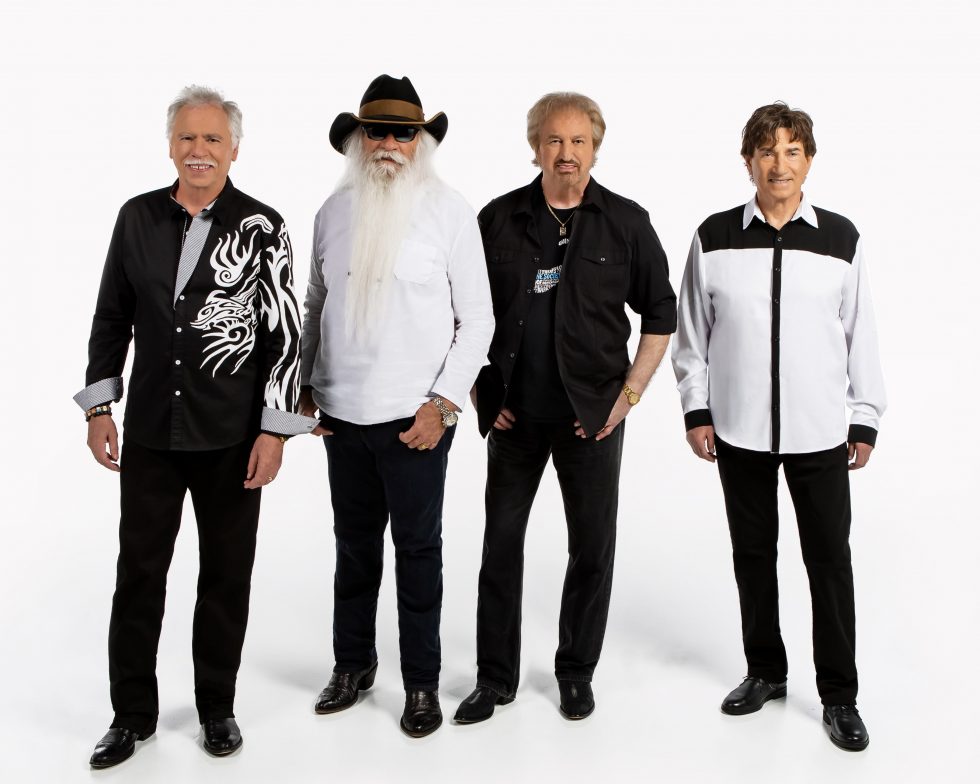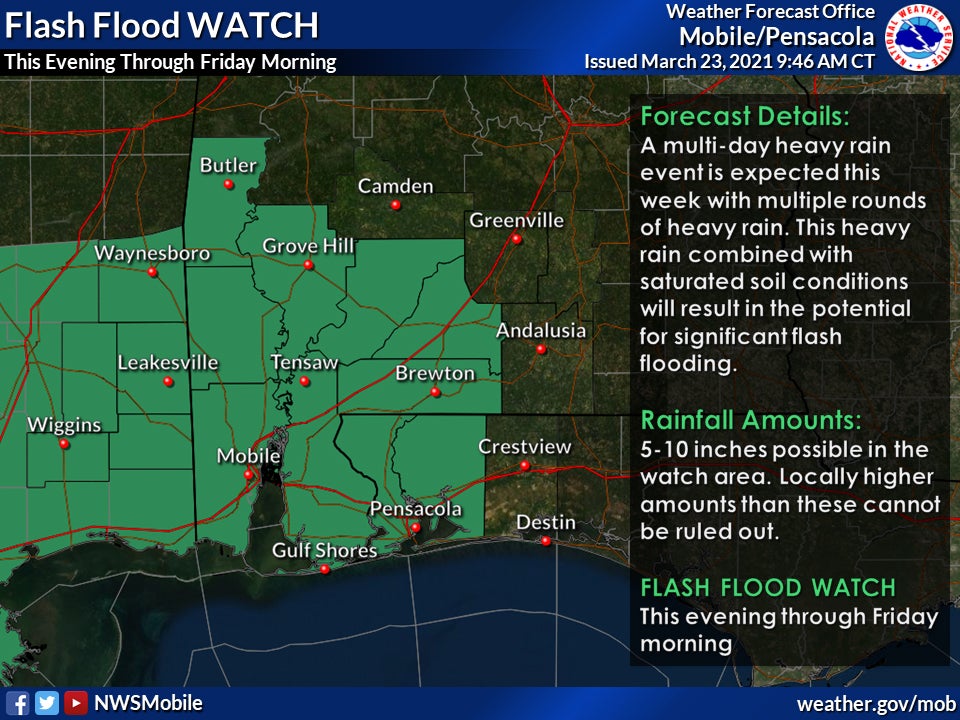Digging in the past|Historians seek Fort Crawford
Published 6:19 am Sunday, February 22, 2009
By By Lydia Grimes and Kerry Whipple Bean
Archeologists from the University of Alabama dug shovels in the dirt last week, digging for clues to the earliest American settlement in the Brewton area.
The location of Fort Crawford has been a mystery explored by amateur and professional historians for years.
Here’s what they know: The fort, commissioned by Gen. Andrew Jackson in 1816, sat on a bluff above Murder Creek in what is now East Brewton, most likely near East Brewton Baptist Church. The frontier fort was meant to monitor Spanish activities in Florida as well as Creek Indian activities, according to the Alabama Department of Archives and History.
Fort Crawford shows up on maps well into the 19th century, Clouse said, although it probably didn’t last long as a structure, having been decommissioned around 1819.
So just where the fort was located is a mystery.
Archeologists have been looking for evidence since the 1990s.
Recently, a team from the University of Alabama brought new technology to the search: ground penetrating radar, which uses high-frequency radio waves to detect the possibility of the remains of a structure beneath the surface of the ground.
That radar detected what researchers believed was a rectangular structure — or at least its remains. Because the rectangular area was configured differently from the old Shoffner Institute that later occupied the site on the bluff, historians believed they had finally found the old fort.
But archeological research is a painstaking process, Clouse said. “We don’t dig because we know what’s there; we dig because we don’t know,” he said.
After digging a neat, oblong trench at the back corner of the East Brewton Baptist Church property, Clouse and his assistants began Thursday slowly to strip away layers of earth and history.
For McMillan, the prospect of finding evidence of the fort was exciting.
And the search for history’s mystery could help the community, McMillan said. “It could help us as an attraction of our local history,” he said. “And it will develop an accurate record of our history.”
McMillan sits on the board of regents for the University of Alabama Museums, so his relationship with Clouse helped bring the research team to East Brewton.
McMillan said research shows the fort would not have been located where Fort Crawford Cemetery is now, so the search with GPR focused on the grassy area between the cemetery and the church.
The new radar evidence is what brought researchers back to Brewton last week. Clouse and his team dug all day, sifting through layers of dirt and detritus, a few centimeters at a time. At first they found molded brick and coal, likely related to the Shoffner Institute that sat on the site in the early 20th century.
Digging was a slow process, of course, with Clouse comparing each color change in the soil to help determine its timeframe.
They first dug down to the level at which the school was likely located, then dug farther until they got about three feet below the current surface.
What Clouse hoped to find were disturbances in the soil that would indicate a structure; a trench, perhaps, indicating the spot where posts would have been dug into the ground for the fort walls; or even — and this was a long shot — bits of the logs themselves.
What the researchers found, though, was virtually nothing — no evidence of Fort Crawford’s walls or even the littered remnants of daily life of the occupants.
For Clouse, the results of the dig were disappointing but not surprising. About 75 percent of digs do not yield the kind of materials useful for study, and ground penetrating radar results can only suggest a structure or disturbance related to a structure — but they are not conclusive evidence.
But that doesn’t mean he and McMillan are giving up on finding Fort Crawford.
McMillan and Clouse would like to search the grassy area on the other side of the church
For now, the mystery continues.




